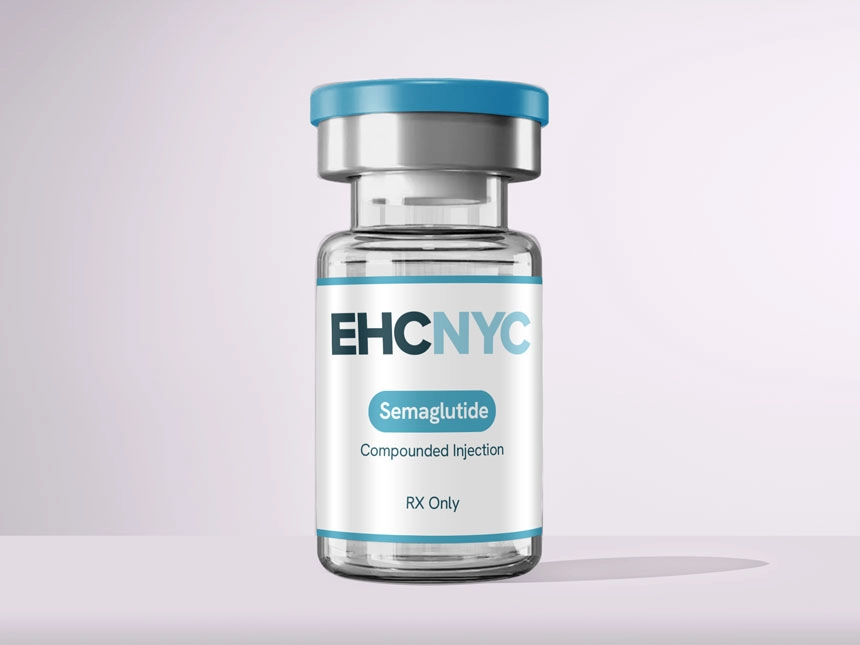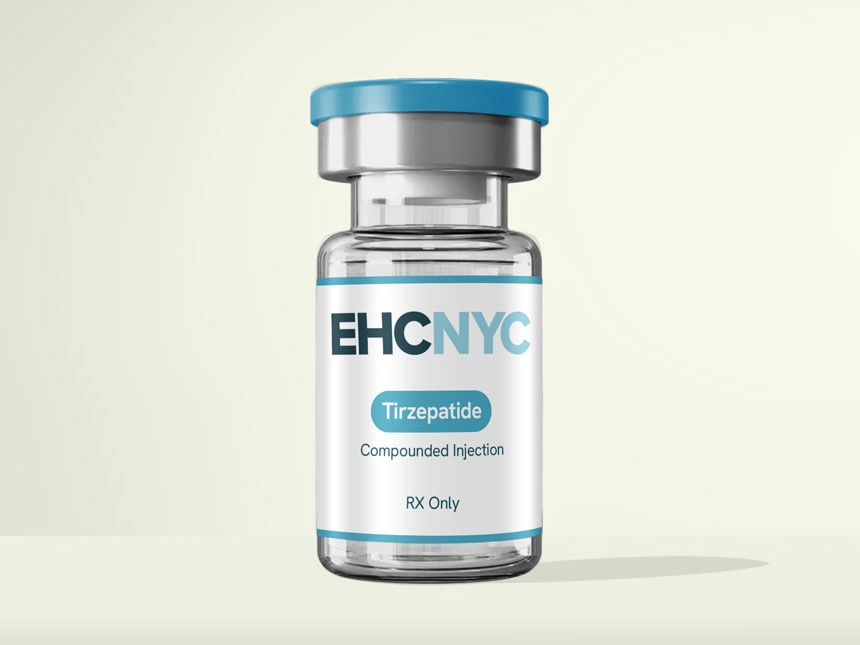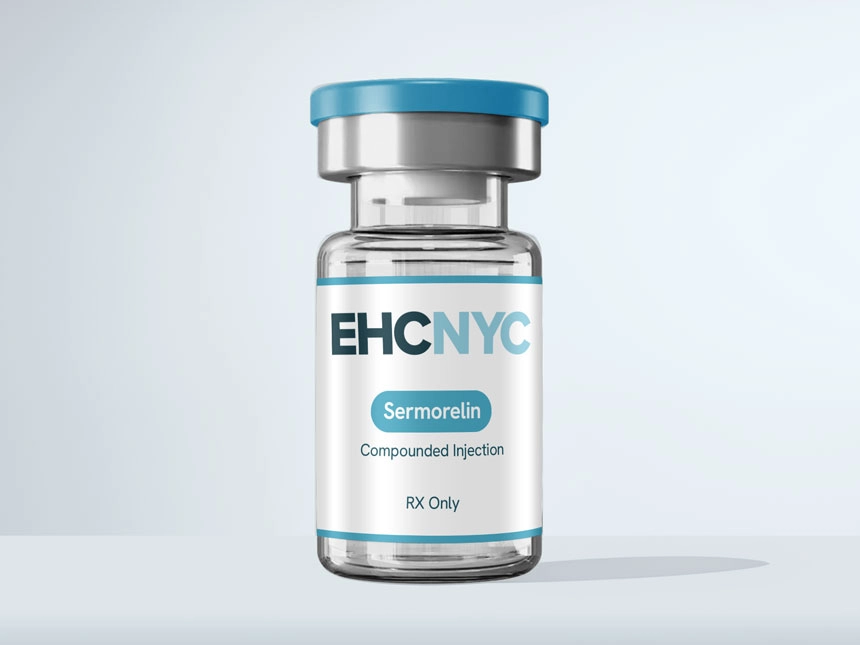
Tirzepatide and Semaglutide are both glucagon-like peptide-1 (GLP-1) receptor agonists used to manage type 2 diabetes and promote weight loss. While both medications are effective, understanding their side effect profiles is crucial for making an informed treatment decision.
Overview: Understanding Tirzepatide and Semaglutide
Tirzepatide: A dual-action medication that targets both GLP-1 and GIP (glucose-dependent insulinotropic polypeptide) receptors, designed for managing type 2 diabetes and promoting weight loss.
Semaglutide: A GLP-1 receptor agonist used primarily for type 2 diabetes management and weight loss management.
Common Side Effects of Tirzepatide and Semaglutide
Gastrointestinal Effects: Nausea, Vomiting, and Diarrhea
Nausea is the most frequently reported side effect for both medications, often occurring during the first few weeks. Vomiting may also occur, particularly at higher doses. Diarrhea is more common with tirzepatide, while semaglutide users may experience constipation instead.
Appetite Suppression and Weight Loss Effects
Both medications reduce appetite, which contributes to weight loss. Some patients notice a significant decrease in food intake, which can be beneficial but may also cause mild fatigue.
Fatigue and Other Mild Side Effects
Fatigue, headaches, or mild dizziness can occur due to changes in calorie intake and blood sugar. These symptoms are typically temporary and resolve as the body adjusts.
Injection Site Reactions
Redness, swelling, or irritation at the injection site can occur but are usually mild and short-lived.
Rare Side Effects to Watch For
Hypoglycemia Risk
While rare on their own, these medications can increase the risk of low blood sugar if combined with other diabetes medications such as insulin or sulfonylureas.
Gallbladder Issues
Semaglutide has been associated with gallstones in some patients, while this is less common with tirzepatide.
Kidney Concerns and Dehydration
Severe vomiting or diarrhea may lead to dehydration, which can affect kidney function. Staying hydrated is crucial when starting either medication.
Vision Changes and Other Rare Complications
Rapid changes in blood sugar can occasionally lead to vision disturbances. Rare complications like pancreatitis have also been reported.
Tirzepatide vs Semaglutide: Side Effects Comparison Chart
| Side Effect | Tirzepatide | Semaglutide |
| Nausea | Common, especially at higher doses | Common, especially at the start of treatment |
| Vomiting | Occasional, more likely at higher doses | Occasional, more likely at higher doses |
| Diarrhea | More common, especially in the early stages | Less common, but can occur |
| Constipation | Can occur, but less common than diarrhea | Can occur, especially as the body adjusts |
| Appetite Suppression | Significant appetite reduction | Appetite suppression, though generally less intense |
| Fatigue | Mild fatigue possible due to appetite suppression | Possible, but generally less reported |
| Injection Site Reactions | Mild redness, swelling, irritation | Mild redness, swelling, irritation |
| Hypoglycemia | Increased risk, particularly with other diabetes medication | Lower risk, especially if not combined with other drugs |
| Taste Changes | Occasional changes in taste | Rare, but can happen |
| Gallbladder Issues | Rare | Possible, including an increased risk of gallstones |
| Kidney Concerns | Rare, but dehydration from side effects may impact kidney function | Dehydration can impact kidney function, especially if nausea/vomiting occur |
Tips for Managing Side Effects
Gradual Dose Adjustment
Starting at a lower dose and gradually increasing can help minimize gastrointestinal discomfort.
Diet and Hydration Tips
Eating smaller, more frequent meals and staying hydrated can reduce nausea, diarrhea, and constipation.
When to Contact Your Healthcare Provider
Seek medical attention if you experience persistent vomiting, severe abdominal pain, sudden vision changes, or signs of hypoglycemia.
Frequently Asked Questions
Which medication causes fewer side effects?
Side effect profiles are similar, but individual responses vary. Some patients tolerate one medication better than the other.
Can Tirzepatide and Semaglutide be used together?
Combining these medications is not recommended without medical supervision.
Are there any long-term risks?
Long-term risks are still being studied; regular monitoring by a healthcare provider is advised.
How can side effects be minimized?
Starting with a lower dose and gradually increasing, staying hydrated, and following dietary recommendations can help manage side effects.
Choosing the Right GLP-1 Medication for You
The choice between tirzepatide and semaglutide depends on your personal health needs, goals, and medical history. Consult with a healthcare provider experienced in GLP-1 therapies to determine the best option for managing diabetes and supporting weight loss.
More about Tirzepatide vs Semaglutide side effects:














